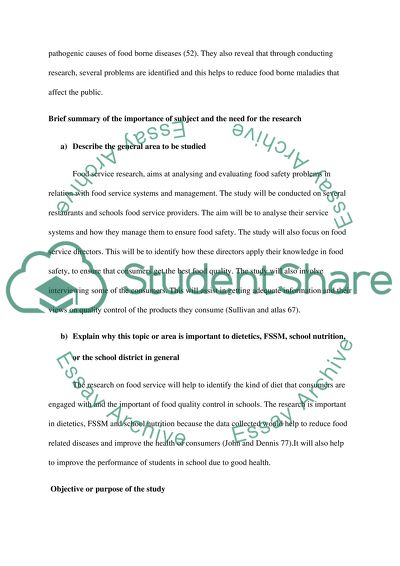Cite this document
(“FOOD SERVICE RESERCH PAPER Research Example | Topics and Well Written Essays - 2250 words”, n.d.)
FOOD SERVICE RESERCH PAPER Research Example | Topics and Well Written Essays - 2250 words. Retrieved from https://studentshare.org/family-consumer-science/1490651-food-service-reserch-paper
FOOD SERVICE RESERCH PAPER Research Example | Topics and Well Written Essays - 2250 words. Retrieved from https://studentshare.org/family-consumer-science/1490651-food-service-reserch-paper
(FOOD SERVICE RESERCH PAPER Research Example | Topics and Well Written Essays - 2250 Words)
FOOD SERVICE RESERCH PAPER Research Example | Topics and Well Written Essays - 2250 Words. https://studentshare.org/family-consumer-science/1490651-food-service-reserch-paper.
FOOD SERVICE RESERCH PAPER Research Example | Topics and Well Written Essays - 2250 Words. https://studentshare.org/family-consumer-science/1490651-food-service-reserch-paper.
“FOOD SERVICE RESERCH PAPER Research Example | Topics and Well Written Essays - 2250 Words”, n.d. https://studentshare.org/family-consumer-science/1490651-food-service-reserch-paper.


